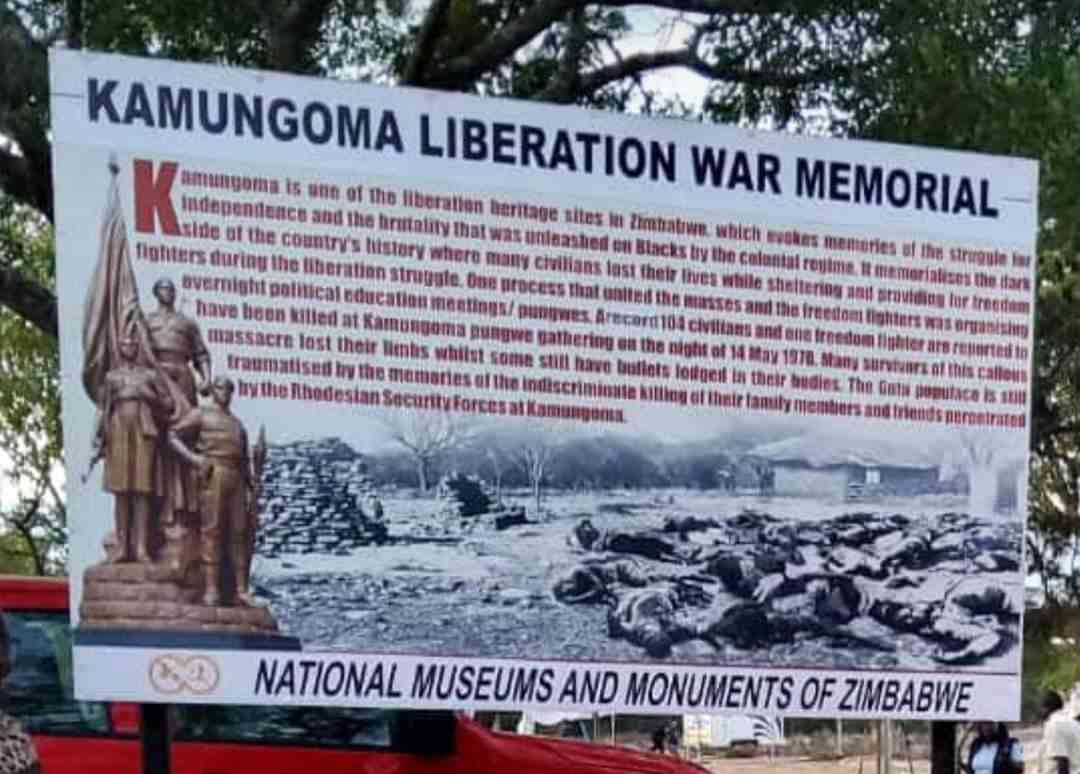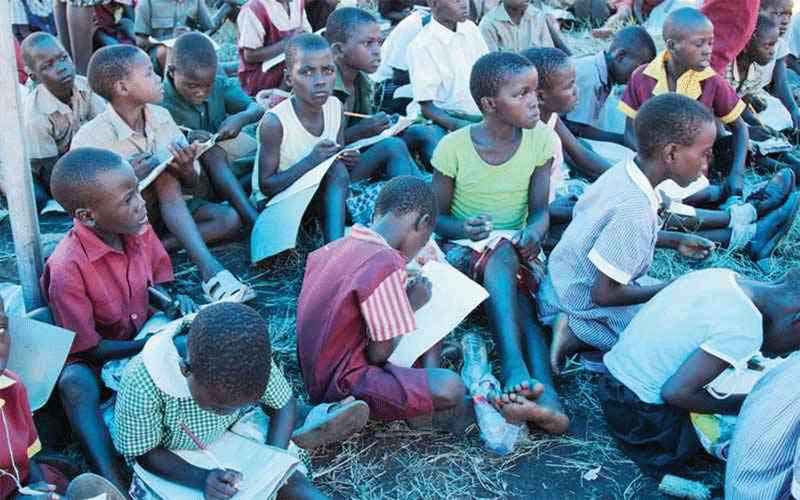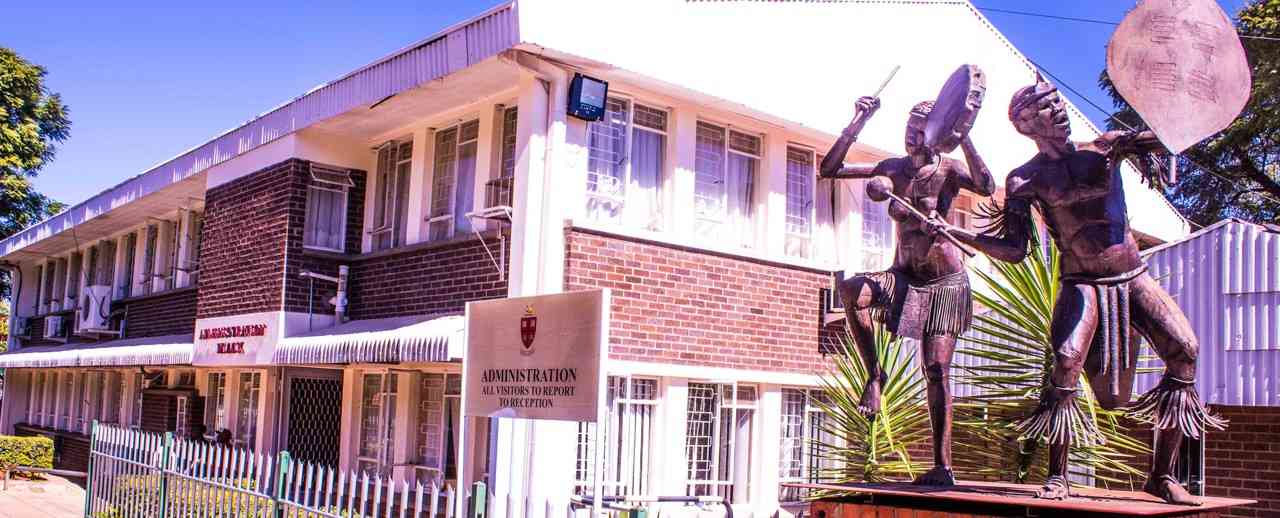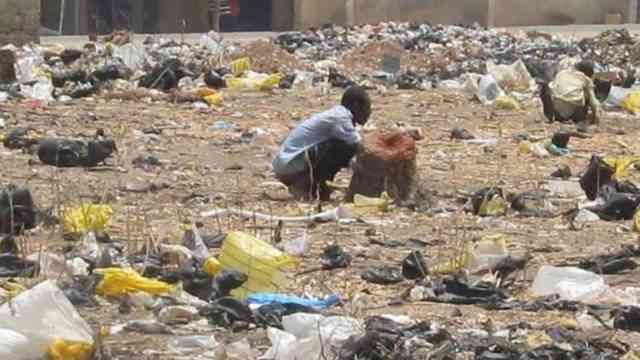
The government has succumbed to pressure to preserve the graves of over 100 victims of one of the worst massacres by Rhodesian forces during the liberation struggle and to cater for the welfare of survivors, who have suffered neglect since independence 45 years ago.
At least US$800 will be spent on each of the 58 graves that have been identified as needing urgent rehabilitation at the site of the Kamungoma massacre in Masvingo’s Gutu district where 104 villagers and liberation war fighters were slaughtered by Rhodesian forces, it has emerged.
President Emmerson Mnangagwa’s government has also committed to take care of the surviving 32 victim’s welfare and medical bills for injuries suffered in the brutal attack after years of neglect.
The government’s response to the plight of the survivors of the followed an investigation by The Standard, which was facilitated by the Information for Development Trust, a non-profit media organisation promoting investigative journalism in Zimbabwe and the Sadc region.
A probe that involved interviews with survivors and some families of the villagers who were killed during an all-night vigil to drum up support for the liberation war, known as a pungwe, at John Kamungoma’s farm on the night of May 14, 1978 as well as scrutinising legislation related to the compensation of Zimbabweans affected by the war of liberation revealed that the government had let down the victims.
A follow-up by this publication has shown that the National Museums and Monuments of Zimbabwe, which falls under the Ministry of Home Affairs and Cultural Heritage, is now moving with a speed to draft a budget to spruce up 58 graves as part of the first phase to honour victims of the massacre.
“We have carried out a survey and identified 58 graves of victims that qualify for the rehabilitation and the erection of tombstones,” said NMMZ Masvingo regional acting manager Justin Magadzike.
“We have determined that the work would be carried out at a cost of US$800 per grave.
- Mr President, you missed the opportunity to be the veritable voice of conscience
- ED to commission new-look border post
- Zanu PF ready for congress
- EU slams Zim over delayed reforms
Keep Reading
“These are just provisional figures and we expect some complications along the way. For example, there are graves in which more than one victim was buried.
“A decision has not yet been reached as to whether the remains would be separated or not.”
The victims of the massacre included a small group of Zimbabwe National Liberation Army fighters operating in the Dewure Native Purchase Area and war collaborators known as mujibhas that had gathered a Kamungoma’s homestead for the pungwe.
Besides neglecting the graves of the victims, the government was accused of failing to take of the survivors who are only receiving a disablement pension in terms of section 8 of the War Victims Compensation Act [Chapter 11:16], which they said was too little to cover medical bills and for their general upkeep.
Bullets lodged in their bodies
Some of the survivors have been living with bullets lodged in their bodies for the past 46 years while others became permanently disabled.
Victims who suffered serious injuries receive monthly pensions of between US$100 and US$120 while those with less visible disabilities and scars are not receiving anything.
Musarurwa Dondofema, the acting custodian of the Kamungoma memorial site, said they were hopeful that the victims of the massacre would finally be honoured.
“We are hopeful that the remains of the people that fell on that fateful night will finally get the dignity they deserve,” Dondofema said.
“We are in constant touch with authorities, who have shown strong commitment to erect proper tombstones. We have waited for it for a long time.”
Simon Makwanya, whose uncle Naphtali’s grave is among those that have been neglected, said they were tired of unfulfilled promises and he hoped that this time the authorities will keep their word.
“We have received similar reports in the past but nothing was done after that,” Makwanya said.
Those are our parents who fell while fighting for their country, they suffered in life and we want to restore their dignities in graves.”
Sprucing up graves long overdue
Gutu South Member of Parliament Pupurai Togarepi said the sprucing up of the victims’ graves was long overdue.
“This would finally give befitting honour to the gallant war collaborators who were callously massacred by the colonial government that day,” Togarepi said.
He said the survivors will be given priority in all government welfare programmes and projects in Gutu district.
Togarepi, who is also the chairperson of the Zimbabwe Liberation War Collaborators Association chairperson, said the dignity of the survivors and the deceased must be preserved at all costs.
In the 2025 national budget vote appropriations, the Ministry of Home Affairs and Cultural Heritage was allocated ZiG16 183.4 billion, translating to US$449 million with some of the money expected to go towards the preservation of sites associated with the liberation war
Signature memorial projects
Raphael Faranisi, permanent Secretary in the Home Affairs and Cultural Heritage ministry, said part of the funding would be directed towards signature war memorial projects that would be unveiled on Independence Day this year.
“The construction of the Kamungoma Liberation War Shrine was a milestone project, which we delivered, and we now look forward to attending to the graves as we work on signature projects for this year, and these include the expansion of the national Heroes’ Acre and provincial heroes’ acres,” Faranisi said.
“We are implementing a long-term phased programme, which will see other identified projects numbering 200 being attended to at national level.
“Since Masvingo has identified the Kamungoma graves as a priority project, we will work on it in consultation with the War Veterans ministry, and with traditional leaders.”
President Emmerson Mnangagwa in April last year officially unveiled the Kamungoma Liberation War Memorial Site as part of efforts to memorialise the tragic events, but for the survivors it could be a case of too little too late.
Ministry of Home Affairs and Cultural Heritage officials said about US$120 000 was used to build the memorial site.
They said the site was built under a memoralisation programme that saw government erecting similar structures in Lupane’s Pupu area, Chinhoyi and Old Bulawayo.









